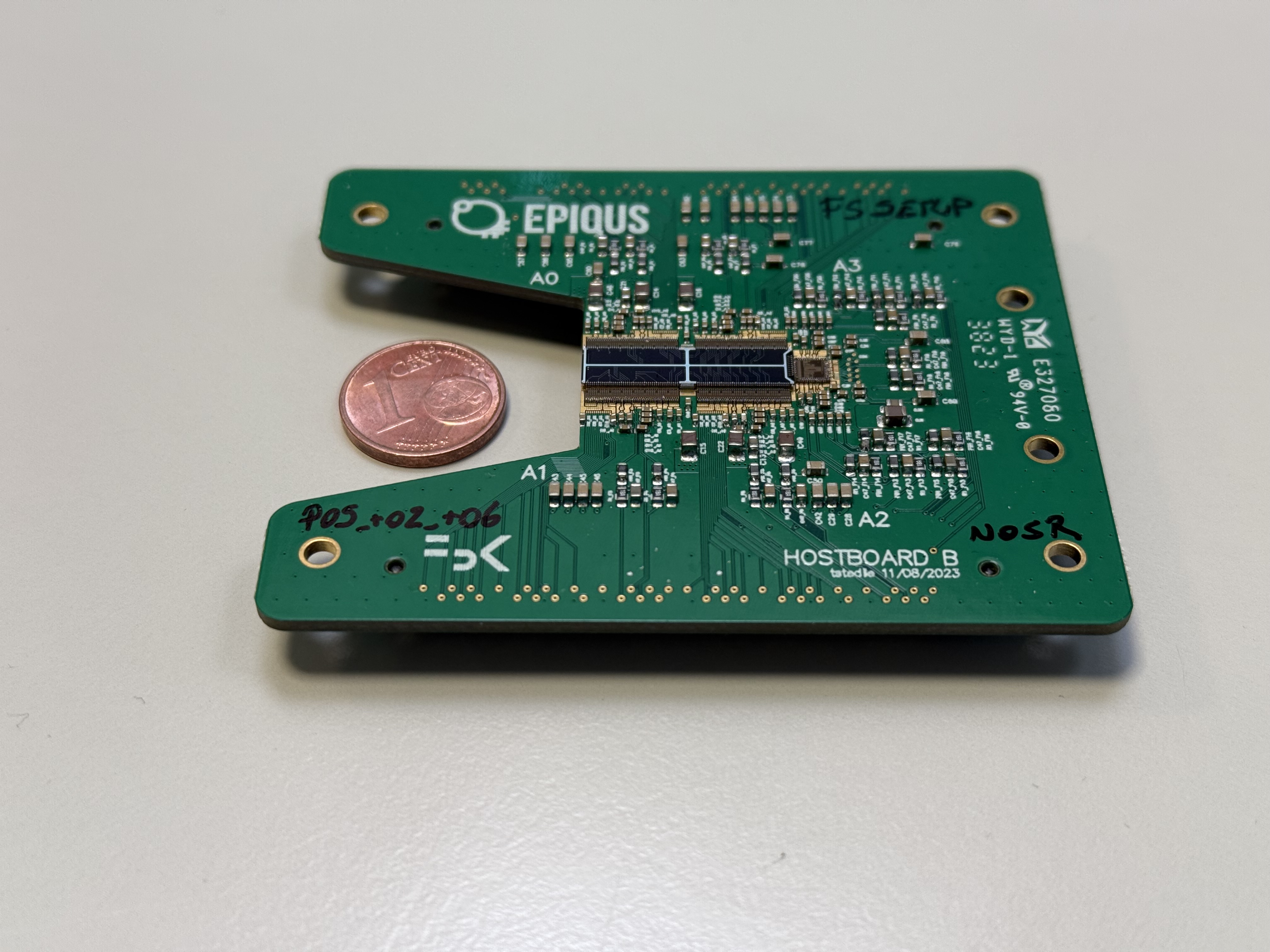Revolutionary technology brings quantum simulations to your desktop
Quantum simulation is a critical tool for tackling complex problems in physics, chemistry, and engineering, but traditional systems require massive resources and extreme conditions. The EU-funded EPIQUS project has taken a transformative step by developing a compact, silicon-based quantum simulator that operates at room temperature.
Breaking barriers in quantum simulation
Photonic quantum simulators allow researchers to model real-world scenarios without the risks or costs of physical experiments. However, integrating photonics and electronics into a single chip poses significant challenges. “Silicon is the prime material for low-loss photonic circuits and high-efficiency photodetectors. However, at a given operation wavelength, a single silicon chip cannot act as both an optical waveguiding circuit and an absorbing detector,” explains Mher Ghulinyan, EPIQUS project coordinator. To overcome this, EPIQUS combined mature silicon microelectronic and silicon nitride quantum photonic functionalities, creating a groundbreaking platform. The result is a room-temperature quantum simulator with chip-integrated scalable single-photon avalanche detectors (Si SPADs).
Bridging science and practicality
The project also addressed usability, creating a quantum compiler that enables researchers to access and operate the simulator remotely. “By using a web interface, an end-user can access the quantum hardware, set the desired experiment, and run it on the quantum simulator,” says Ghulinyan. This capability extends the simulator’s potential applications beyond quantum science to fields such as telecommunications and biophotonics. EPIQUS integrated photonic circuits (PICs) based on silicon nitride (SiN) with silicon photon detectors to achieve efficiency at visible and near-infrared wavelengths. Silicon nitride is transparent across the UV to infrared spectrum. By designing SiN-based quantum circuits, the research team optimised photonic integration with SPADs for room-temperature operations.
Paving the way for the industry
EPIQUS balanced cutting-edge research with industrial scalability. The platform demonstrated feasibility at the wafer scale, proving its compatibility with existing CMOS manufacturing processes. Future optimisation could enable technological transfer for industrial applications, positioning Europe at the forefront of quantum technologies.
Transformative impact
The prototype of the EPIQUS chip-scale quantum simulator represents a leap in accessibility. “In the short term, our demonstrator will address quantum problems and test them against known benchmarks. In the long term, it will enable researchers and students to explore quantum concepts from a standard PC,” explains Ghulinyan. The project’s innovations promise widespread societal benefits. Industries reliant on simulations, such as pharmaceuticals or finance, could leverage quantum simulators for more accurate, real-world predictions. By enabling compact, energy-efficient devices, EPIQUS bridges the gap between cutting-edge quantum science and industrial needs. With its achievements, the EPIQUS project sets a benchmark for quantum science, fostering new technologies and expanding access to advanced simulation tools.
Keywords
EPIQUS, quantum simulator, photonics, SiN-based circuits, CMOS compatibility, quantum integration, scalable photon detection, Si SPADs







